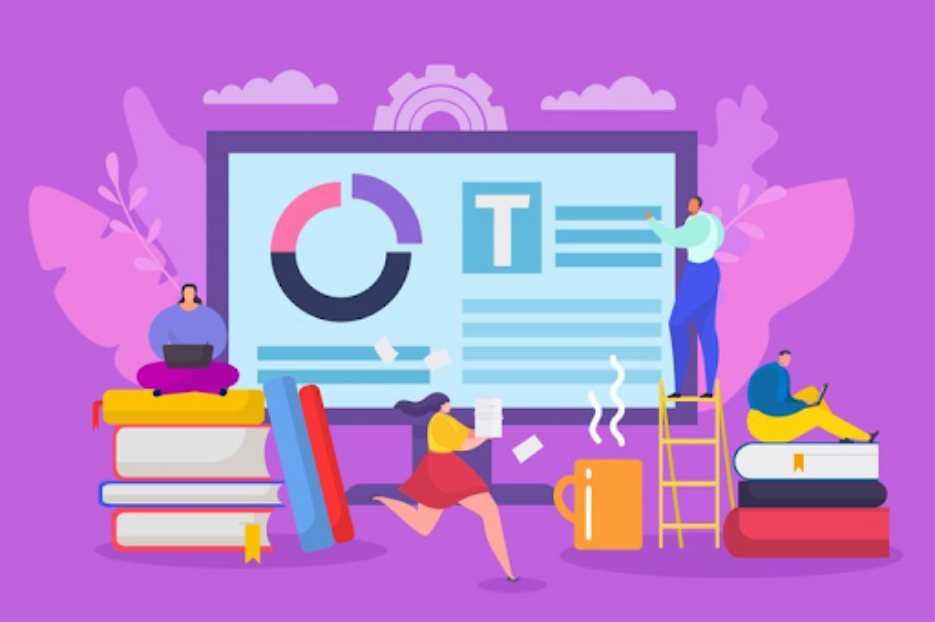Are you preparing for CA? This information is crucial for your preparation. The Institute of Cost Accountants of India. (ICAI) introduced the CA Course Syllabus 2024 on July 1, 2023, marking significant changes for candidates planning to take the exam.
The latest syllabus is available on the official ICAI website. Meanwhile, the last exam pool under such a syllabus will be conducted in December 2023, and the first exam under the current program is planned to take place in June 2024. Therefore, candidates must get acquainted with changes and updates in the existing CA Foundation syllabus for qualitative preparation.
CA Foundation New Syllabus Papers 2024
Here is the list of papers under the new ICAI scheme:
1. Financial and Cost Accounting: This paper carries 100 marks and questions will be objective.
2. Business Law: This paper carries 100 marks and questions will be objective.
3. Quantitative Aptitude: This paper is divided into three parts A: Business Mathematics (40 marks), B: Logical Reasoning (20 marks), and Statistics (40 marks), and the question types are subjective.
4. Business Economics: This paper carries 100 marks with subjective-type questions.
What is the CA course syllabus Under the New Scheme 2024?
To clear the paper this year, you need to understand the CA Course Syllabus and principles to put your knowledge into creating financial statements and solving straightforward problems. Therefore, we have accumulated the ICAI curriculum for each of the papers so that you can know what to learn and prioritize.
Theoretical Framework
You need to know about the meaning and scope of Accounting, Accounting concepts, principles, and conventions. Capital and revenue receipts, contingent assets, Capital and revenue expenditure, and contingent liabilities, accounting standards, Accounting as a measurement discipline – valuation principles, accounting Standards-concepts, accounting estimates, and objectives.
Accounting Process
Recording accounting transactions: principles of double entry book-keeping, books of original entry-journal, subsidiary books, cash book, ledger-format, posting from journals and subsidiary books, balancing accounts, and Preparation Of Trial Balance with Rectification Of Errors
Bank Reconciliation statement
Introduction, reasons, and preparation of bank reconciliation statement
Depreciation and Amortisation:
Meaning and distinctions between tangible and intangible assets.
Concepts, computation methods, and accounting treatment of depreciation and amortization, including changes to the depreciation method.
Bills of Exchange and Promissory Notes:
Explanation of bills of exchange and promissory notes and their accounting treatment, including accommodation bills.
Preparation of Final Accounts:
1. Elements of financial statements, Closing adjustment entries
2. Preparation of trading account, profit, and loss account, and balance sheet for both manufacturing and non-manufacturing entities.
Financial Statements of Not-for-Profit Organizations:
1. Difference between profit and loss account and income and expenditure account.
2. Production of receipt and payment account, income and expenditure account, and balance sheet.
Partnership and LLP Accounts:
1. Final accounts preparation for partnership firms and LLP.
2. Treatment of admission, retirement, and death of a partner including goodwill.
3. Dissolution of partnership firms and LLPs, including piecemeal distribution of assets.
Company Accounts:
1. Definition of shares and debentures, Issues of shares and debentures, forfeiture, and reissue of forfeited shares
2. Redemption of preference shares and debentures (excluding sinking fund method), and Accounting for bonus issues and rights issues.
Fundamentals of Cost Accounting
1. Basic about cost accounting
2. Definition, the meaning of cost accounting and its relationship with financial accountancy
3. Application of cost accounting with business decisions
4. Classification of cost
5. Preparation of cost and profit statements
Paper 2: Business Laws
The purpose of this paper is to help the candidates comprehend the law of contracts, sales, and different types of company organizations. The paper’s objective is to teach students how to understand the business world and solve practical problems. The outline includes lessons on contract law, sales laws, and forms of business organization that help prepare candidates for their legal responsibilities in business.
Paper 3: Quantitative Aptitude
This paper is designed to familiarize students with fundamental statistical and quantitative concepts and their application in business, finance, and economics. Divided into three parts, it covers a wide range of topics including Business Mathematics, Logical Reasoning, and Statistics.
1. In Business Mathematics (Part A), candidates delve into ratio and proportion, equations, mathematics of finance, permutations and combinations, sequences and series, sets, relations, functions, and basic applications of calculus. This part aims to strengthen students' mathematical foundation and its relevance in business and economic contexts.
2. The Logical Reasoning section (Part B) focuses on enhancing students' ability to reason logically through activities like number series, coding and decoding, direction tests, seating arrangements, and blood relations. These exercises aim to develop critical thinking and problem-solving skills essential for success in business and finance.
3. Statistics (Part C) covers statistical representation of data, sampling, measures of central tendency and dispersion, probability, theoretical distributions, correlation and regression, and index numbers. Through this part, students learn to analyze and interpret data, make informed decisions, and understand economic phenomena.
Paper 4: Business Economics
This paper aims to develop an understanding of economic concepts and theories and their practical application in addressing real-world issues. It covers topics such as the introduction to business economics, the theory of demand and supply, the theory of production and cost, price determination in different markets, the determination of national income, business cycles, public finance, monetary policy, international trade, and the Indian economy.
How To Prepare for CA Exams?
Are you looking to conquer your CA course syllabus and clear your exam? Here's your ultimate guide to get your exams on the first attempt.
1. Unravel your syllabus and prepare your schedule with the best coaching centers to kickstart your journey early. Your syllabus is out and with them, you can sprint toward success. Starting early gives you the edge to explore, practice, and refine your skills. It's like planting seeds of success that will blossom into glorious achievements!
2. You can talk to your study guides or go to the ICAI website to take books that unravel the complexities of accounting and arm yourself with the best resources. Think of it as assembling your superhero toolkit, with everything you need to conquer the exam!
In the end, all the best for your future, and gear up to excel in your CA journey toward success. With the right mindset, resources, and strategy, you'll ace the CA Course Syllabus and embark on a glorious journey toward your dreams!


